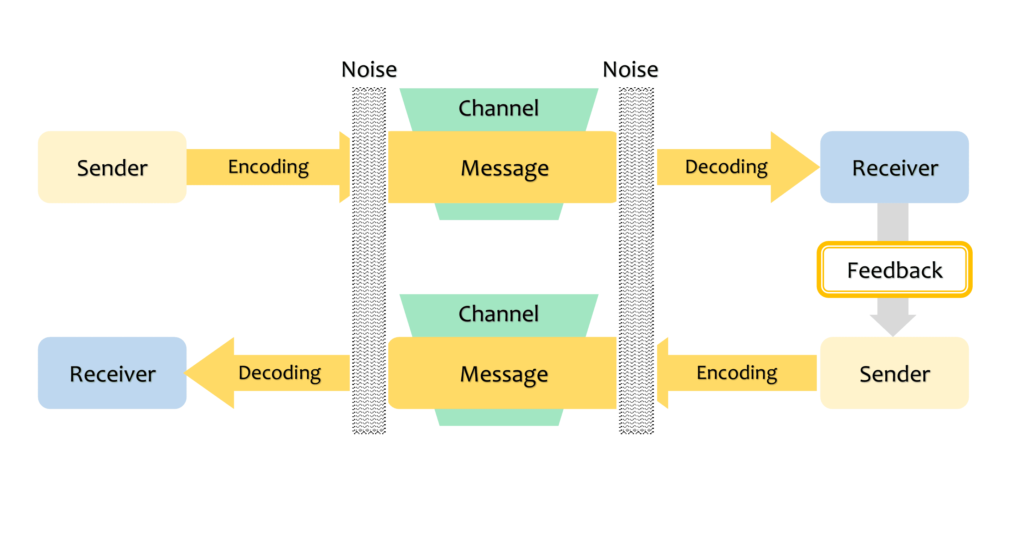Starting a business is not a big deal, but maintaining one is a challenge for every small business. For a small or growing business, you have to make sure you do what is right for your company and customize the approach for your business.
There is no one-size-fits-all pathway to success even where a “big business” philosophy is compellingly attractive. Some business approaches are better suited than others for certain scenarios and business sizes. Small business owners need to consider both internal business environments such as company culture, the value of employees and external forces such as customers, competitors and legal constraints before deciding a modus operandi.
Keeping this in mind, here are three example approaches that a small company can customize to best suit their business.
Customer-First Approach
Problem: Poor staff attitude, poor customer experience
Method: Place customer loyalty and satisfaction at its core and make ‘Customer first’ as a goal.
Do wrongly: Try to unconditionally make customers happy, by instructing employees to keep smiling to customers.
Bad result: Employees who are forced to engage customers with fake cheerfulness are unfulfilled and the customers aren’t fooled.
How to fix it: Know your Product or Service Value and deliver a personalized experience. Then get customers and employee “buy in”.
The major advantages of big companies are they are more established and have greater access to funding. With a good product range, the size of big companies and its greater brand recognition allow them to invest more in customer services to boost their customer base.
For a small business that has less brand recognition and smaller budgets, the main focus should be on how their product or service can solve a problem for their customers.
As the owner of a small business, you and your employees need to fully understand the functional, emotional and self-expressive benefits delivered by your product or service that provides value to target customers.
Good customer service is considered an essential feature and can add considerable value to a product or service to enable them to compete in a highly competitive market.
And whilst their customer base is much smaller than a Fortune 500 company, as a small business owner, you have a real opportunity to be flexible and change quickly to personalize the customer experience in a way that is difficult for large businesses to emulate.
Biscuiteers, A family owned hand-made biscuits boutique introduced collections of iced biscuits in fabulous packaging, a completely new way of gifting that would get people talking. As an alternative to buying flowers, the business brings customers beautiful and witty biscuits as gifts that look as good as they taste, and more importantly, offer a unique experience.
360 Degree Feedback Assessment
Problem: Low employee motivation, knowledge, and skill; Poor performance
Method: 360-degree feedback to provide each employee the opportunity to receive performance feedback from his or her managers, subordinates and colleagues.
Do wrongly: Reviewers are not properly trained before giving feedback and comment.
Bad result: Reviewers provide subjective evaluations of people. Feedback seems to be personal rather than constructive.
How to fix it: Create a one-of-a-kind performance review system that best suits your business.
There is no doubt that performance reviews are very important, whether in large corporations or in small companies. The purpose of an effective performance review system is to help employees understand their individual strengths and weakness and to direct and improve the performance of individuals and organizations.
While 360-degree feedback has already been used by a majority of large companies, it can seem to be antithetical to small business culture (E.g. not enough reviewers, time-consuming process, difficult to be anonymous, formal training required, etc.).
For small businesses with few employees, the business owners should leverage the size of the company and develop their own performance review system to accurately reflect an employee’s performance considering the company’s own culture and strategy.
You might find the following two articles useful: How to Create a Winning Small Business Performance Review Process, Why Performance Reviews Are Critical for Small Businesses
RNA UK, an automation supplier of parts handling and special purpose machines, transformed its traditional annual performance review process, focusing on managers having frequent, on-the-job conversations and giving constructive feedback. The new performance review process is tailored to the individual employee, leading to increased employee engagement and action plans to help employees grow and make progress.
Flat Management
Problem: Slow rate of communication due to the number of management layers between executives and employees
Method: Choose flat management as a business structure to make communication faster, easier and less prone to misunderstandings.
Do wrongly: Apply a flat management structure, requiring full communication between each level
Results: Each employee has more than one boss; the communication between employees and the management is not well managed. Executives become overwhelmed.
How to fix it: Identify the main barriers of communication in the workplace and overcome them
A flat management organizational structure removes excess layers of management and improves the coordination and communication between employees, which has been proven most practical in small businesses. However, it could also lead to role confusion and lost communication for employees without proper implementation.
To sort out communication problems in the workplace, small business owners need to understand the barriers to communication within their business and take steps to overcome them. Fortunately, most communication barriers are easy to identify and can be overcome with a little tweaking in their business structure.
The communication is a dynamic process that starts with a sender who encodes and transmits the message through a channel to the receiver, who decodes the message and gives the feedback in the form of some message or signal. The model in Figure 1 shows seven major elements of the communication process.
Problems with any one of the elements can become a barrier to communication.

3 Common barriers to effective communication:
- Encoding/Decoding: The use of jargon; faulty translation; different interpretations
- Message: Muddled and unclear messages; Information overload
- Channel: Inappropriate channel of communication; message passed through a long communication chain
Developing a flat management structure could shorten the communication chain and reduce the communication gap, solving the problem of communication ‘channel’. Along with ongoing customized communication training and effective communication tools to overcome ‘Encoding/Decoding’ and ‘Message’ barriers, small business owners can do well with the flat management approach and boost employee productivity.


